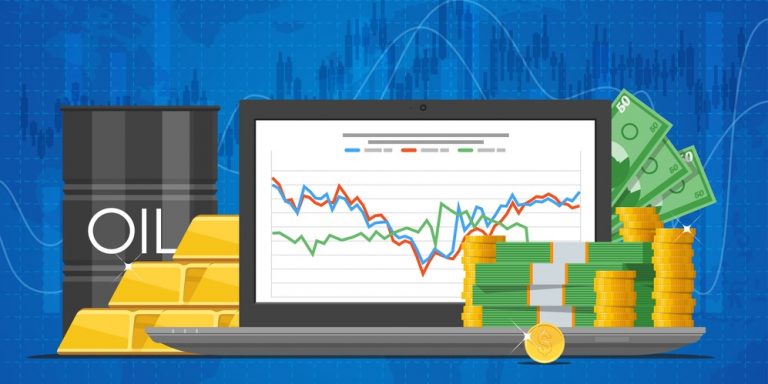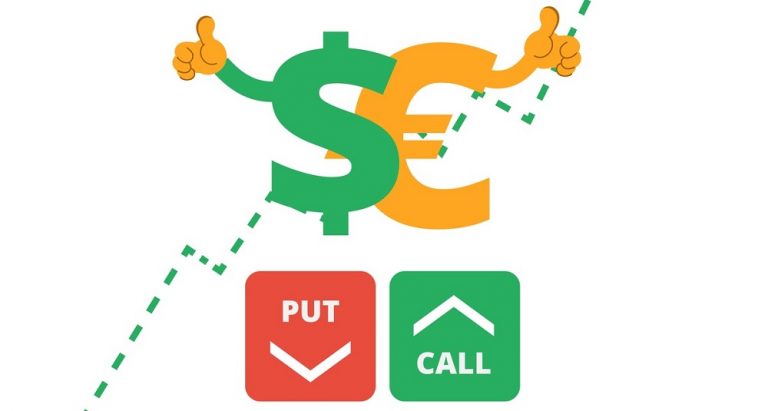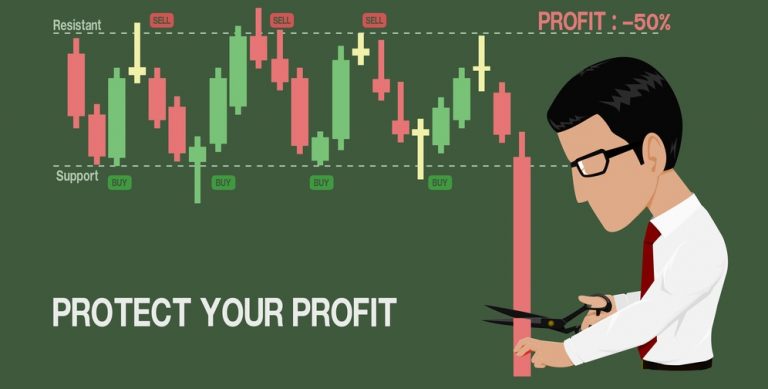
A central strand to successful trading is timing. If you were able to enter every trade at exactly the right time, and close out positions at their natural peak in a swift and timely fashion, it would be easy to make tens of millions trading the markets – particularly with CFDs and leverage on your side. Unfortunately, timeliness is rarely a skills that’s so black and white, and it can often be difficult to gauge exactly when to execute on your trading orders. That said, there are some key cues that should influence your response and prompt certain trading decisions, and your management and perspective on timing is central to making this a viable possibility.
Time management in the context of trading refers to understanding when to trade, when to cut your losses and when to lock in your profits. Virtually everything about the execution boils down to timing. If you’re up early enough in the morning to catch the opening flurry, you can bag a quick profit before the trading day finds it rhythm, whereas a sloppy, dithering approach could see you missing out on these crucial few moments.
The last minute rush to buy and sell at the end of the trading day can be a great time to sell your profitable positions or ditch those that are likely to cost you money on opening tomorrow morning, and you can bet your bottom dollar there are traders worldwide sitting waiting for the clock tick to opening time. If you’re not completely on top of your timings, and rigorously managing the timing of your trades, its very possible you’re leaving good money on the table and sacrificing an ideal opportunity to sell losing positions before they fall too significantly.
Importance of Time Management in Trading CFDs
The importance of time management never hits closer to home than when a delayed decision brings an adversity to your trading. As a private trader without recourse to teams of economists and market analysts, your key advantage lies in dynamism, and your ability to take quick decisions on your analysis of key market indicators. If your positions look to have peaked, get out – even if that means coming out just below the actual eventual peak of the position.
Don’t sit around waiting for your positions to recover, particularly if your exposure is leveraged – take your medicine, cut your losses and walk on to the next trade. While it might be painful and contrary to your best judgement and market interpretation, you’ve got to be pragmatic about your trading and cut positions as quickly as practically possible to minimise your losses.
Time management, like maintaining discipline, is something that more often than not only rings true when you’ve sat and painstaking watched a position plummet while you wondered what to do. Fortune favours the brave, even if that means getting it wrong from time to time and cutting too early – there’s much to be said for being a swift actor in trading, and with time your on-the-spot decisions will become more reliable and more consistent, while your ability to manage your timings with individual trades will gradually improve and deliver more generous returns over the long-run.






